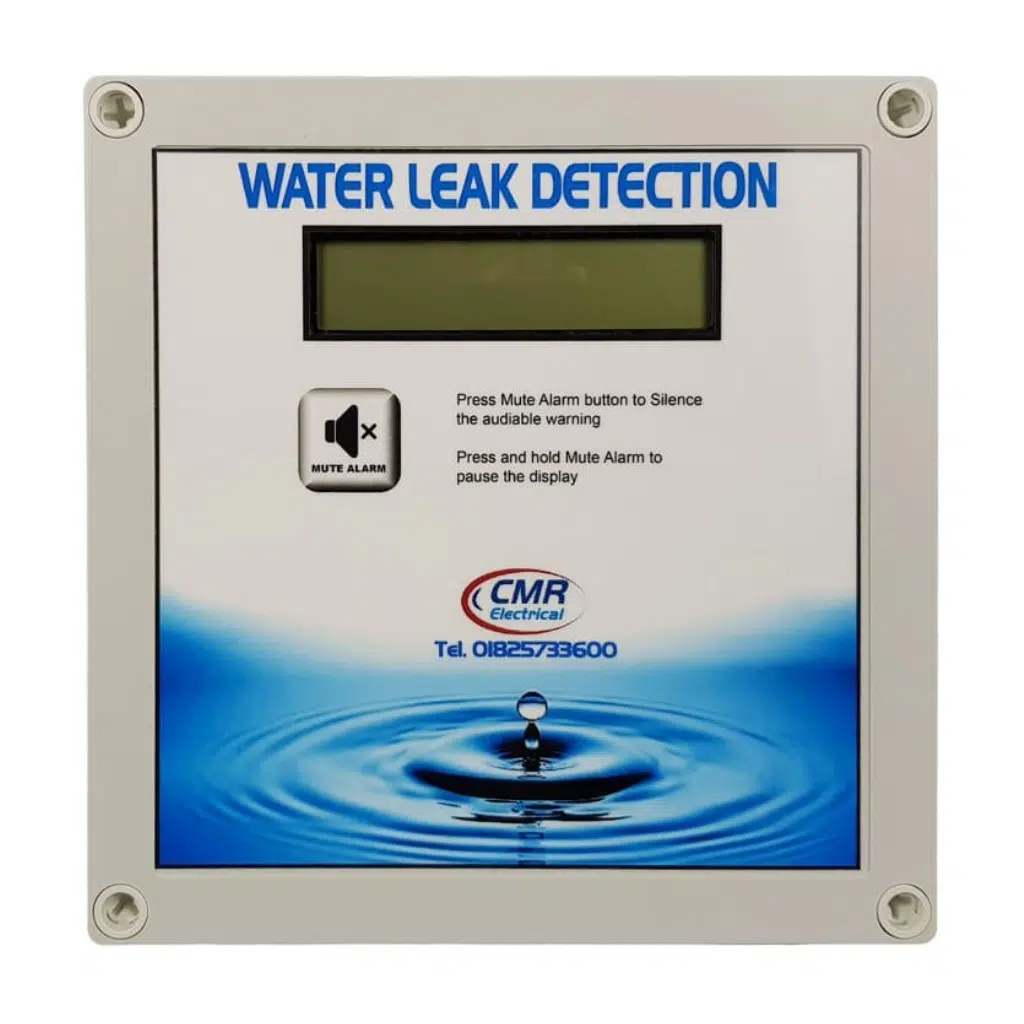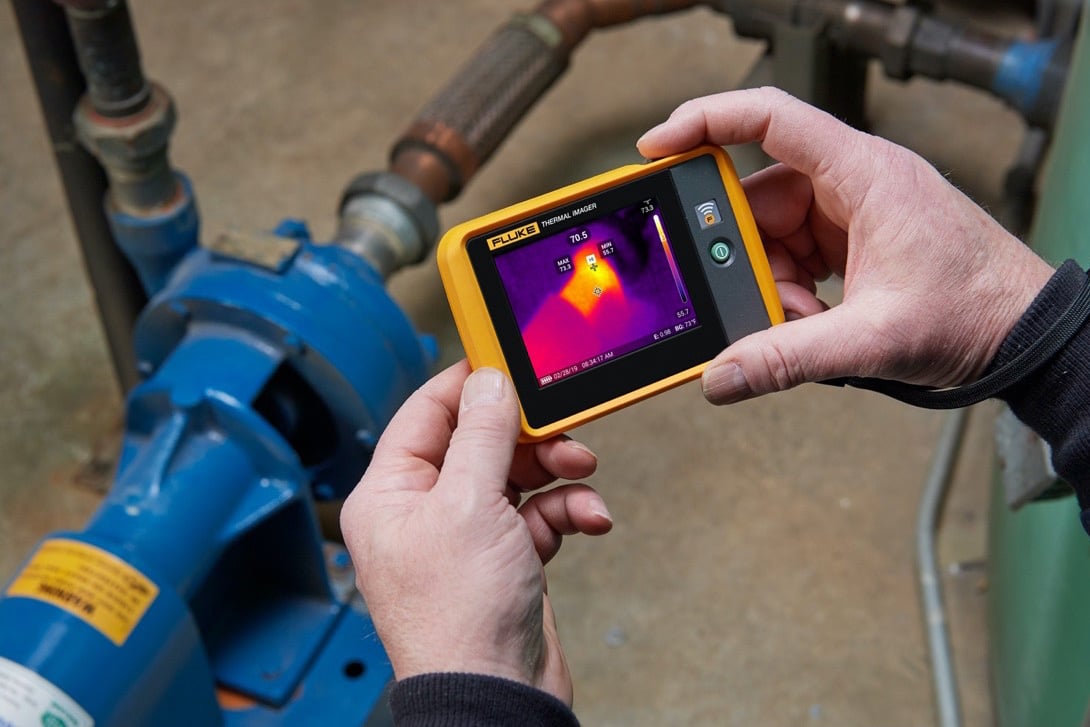Ingenious Solutions for Very Early Detection of Water Leaks in Structures and Framework
As the stability of buildings and infrastructure is vital, the difficulty of early detection of water leakages has spurred innovative options that guarantee to reinvent the method we protect against potential problems. From innovative leakage discovery modern technologies to the implementation of IoT sensing units for real-time tracking, the landscape of leak prevention is developing quickly. Equipment understanding algorithms provide a look into the future of leakage forecast, while thermal imaging presents a non-intrusive method for determining concealed leaks. Automated water circulation evaluation systems are reshaping just how leaks are identified and attended to, paving the means for a positive technique to water leakage discovery. Each of these remedies holds the crucial to ensuring the dependability and durability of our constructed atmosphere, motivating a shift in the direction of an extra sustainable and effective future.
Advanced Leakage Detection Technologies
Advanced leak detection technologies, equipped with cutting-edge sensors and algorithms, play a critical role in promptly recognizing and determining water leakages in different settings. These technologies utilize a mix of acoustic, thermal, and electro-magnetic noticing methods to spot leaks properly. Acoustic sensing units discover the noise of getting away water, enabling for precise localization of the leakage source. Thermal imaging discovers temperature adjustments triggered by water leakage, offering another reliable technique for leak recognition. Electromagnetic sensing units can determine modifications in magnetic fields triggered by water, offering yet an additional layer of leak discovery capability.

IoT Sensors for Real-Time Monitoring
In the realm of contemporary water leakage discovery, the assimilation of IoT sensors for real-time monitoring represents a crucial advancement in enhancing positive leakage discovery capacities. These sensors provide continuous tracking of water supply, giving real-time information on water circulation rates, pressure variations, and temperature modifications. By leveraging IoT modern technology, these sensing units can detect even the smallest anomalies in water usage patterns, allowing early identification of prospective leakages prior to they intensify right into significant problems.
IoT sensing units transfer data to a centralized platform, where advanced algorithms analyze the information and generate alerts or alerts when abnormalities are spotted. This real-time tracking ability allows homeowner or center supervisors to quickly attend to leaks, reducing water damage, lowering fixing expenses, and saving water resources.
In addition, IoT sensing units can be incorporated with building monitoring systems, permitting automatic feedbacks to detected leakages, such as turning off water shutoffs or triggering pumps to reduce the impact of leakages. In general, the implementation of IoT sensing units for real-time tracking considerably boosts the effectiveness and effectiveness of water leakage detection in structures and infrastructure.
Equipment Learning Algorithms for Leakage Prediction

One key benefit of utilizing device learning for leakage prediction is its ability to continuously learn and enhance its accuracy with time. As even more data is accumulated and fed into the formula, it can fine-tune its predictions and adapt to transforming conditions, inevitably boosting the reliability of leakage detection systems.
In addition, artificial intelligence algorithms can assist in recognizing subtle indications of leaks that may go undetected by traditional surveillance techniques. water leak detection. By assessing complicated information embed in real-time, these formulas can provide very early warnings and alerts, enabling punctual intervention and preventative maintenance to alleviate possible water damage and connected expenses
Utilizing Thermal Imaging for Leak Discovery
Thermal imaging technology uses an encouraging method for detecting water leakages in various systems and frameworks. By utilizing infrared radiation and temperature variations, thermal imaging cameras can identify concealed leakages that are not easily noticeable to the nude eye. When water leaves from pipelines or frameworks, it often alters the temperature level of the bordering location, creating temperature differentials that thermal electronic cameras can record. These temperature irregularities are then equated into noticeable pictures, highlighting the specific area of the leak.
One of the key benefits of thermal imaging for leakage detection is its non-intrusive nature. Overall, the usage of thermal imaging innovation enhances the performance and precision of water leak discovery, making it an important device for preserving the stability of structures and frameworks.
Automated Water Circulation Analysis Solutions
How can computerized water flow evaluation systems transform the detection and monitoring of leaks in numerous systems and facilities? Automated water circulation analysis systems supply a proactive review strategy to leak detection by continuously checking water flow prices and patterns. By developing baseline information, these systems can quickly determine variances that might suggest a leakage, enabling timely treatment to avoid considerable damage.
These systems use advanced algorithms to assess real-time data and offer prompt alerts when anomalies are identified, permitting quick action to be taken. In addition, automated water circulation analysis systems can be incorporated with building monitoring systems or IoT systems, enhancing general effectiveness and making it possible for remote monitoring capabilities.
Furthermore, the information accumulated by these systems can be made use of for anticipating upkeep functions, assisting to determine prospective weak points in the facilities prior to leaks occur. Overall, the implementation of automated water circulation evaluation systems can dramatically improve leakage detection and management practices, ultimately bring about set you back financial savings, decreased water wastage, and increased sustainability in buildings and infrastructure.

Conclusion
Finally, the assimilation of innovative leakage detection technologies, IoT sensors, device knowing algorithms, thermal imaging, and automatic water flow analysis systems provides ingenious remedies for very early discovery of water leakages in buildings and facilities. These innovations allow real-time monitoring, prediction of leaks, and efficient discovery approaches to avoid water damages and wastefulness. Carrying out these options can assist in preserving the integrity and sustainability of water systems in numerous setups.